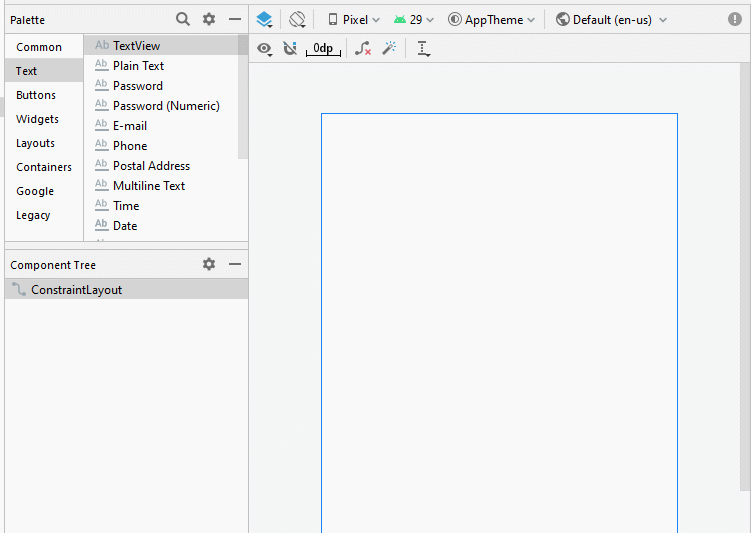

Android will call all of the other callbacks because the Fragment’s parent Activity IS being destroyed and recreated, so the Fragment does have to go through the process of being detached then reattached. Notice that Android does not call onCreate and onDestroy because we retained the Fragment nor does it call the constructor, because the same Fragment instance will be used after the orientation change. If you rotate your device when you have an Activity that is NOT using the configChanges flag and a Fragment that IS being retained, the following lifecycle methods will be called on the Fragment: onPause onSaveInstanceState onStop onDestroyView onDetach onAttach onCreateView onActivit圜reated onStart onResume It signals to Android that you want to continue using the same instance of the current Fragment, so all of your member variables will remain untouched. Without the configChanges flag you can use different layouts in landscape and portraitĬalling setRetainInstance(true) on a Fragment is similar to setting the android:configChanges flag on an Activity. You can do this by setting the android:configChanges flag on your Activity in AndroidManifest.xml as shown below: One of the most common “solutions” to dealing with orientation changes is to not deal with them. While it may seem a bit tedious to implement, handling orientation changes properly provides you with several benefits: you will be able to easily use alternate layouts in portrait and landscape orientations, and you will be able to handle many exceptional states such as low memory situations and interruptions from incoming phone calls without any extra code. Proper handling of orientation changes centers around saving this state and also avoiding memory leaks. To work around this, Android gives you the opportunity to save your app’s state before destroying your Activities and Fragments, and the opportunity to restore your state when recreating them. When it destroys your Activities and Fragments it will end up creating new instances of them which will wipe out all of your member variables. Android does this so that your application can reload resources based on the new configuration.

Import 7.app.When you rotate your device and the screen changes orientation, Android usually destroys your application’s existing Activities and Fragments and recreates them.

Step 3 − Add the following code to src/MainActivity.java import android.os.Bundle Step 2 − Add the following code to res/layout/activity_main.xml. Step 1 − Create a new project in Android Studio, go to File ⇒ New Project and fill all required details to create a new project.

This example demonstrate about how to create custom toast message in android. In this example we can learn how to customize toast message. Toast is used to display message on current screen for sometime. Before getting into Custom Toast, we should know about what is toast.


 0 kommentar(er)
0 kommentar(er)
